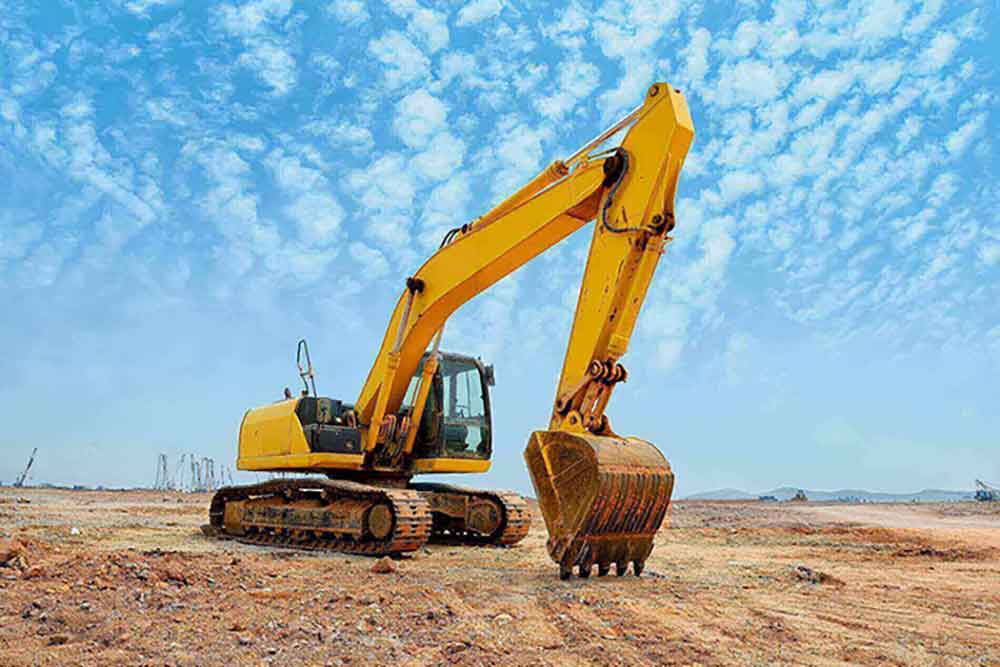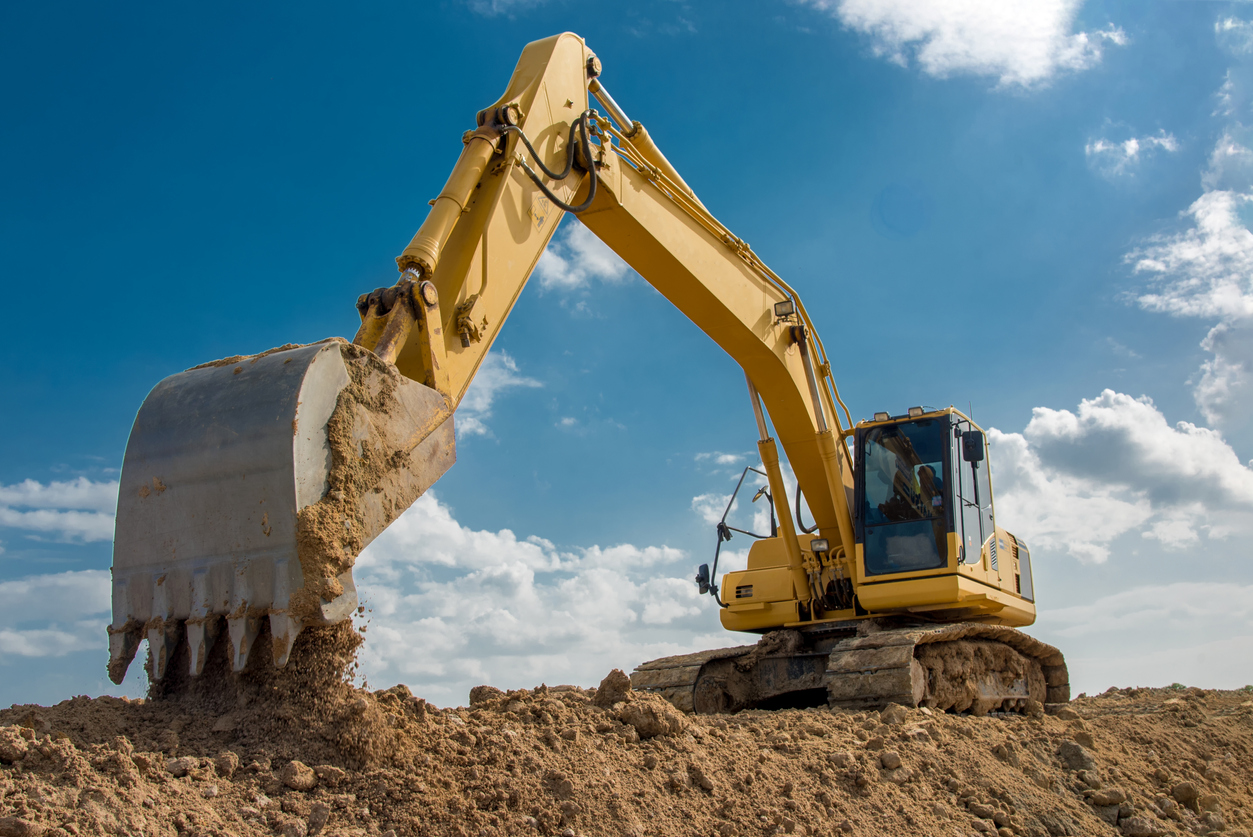Leading Equipment Rental Company for All Your Requirements
Renting Out Vs. Acquiring Building And Construction Devices: Making the Right Option for Your Project
When starting a building and construction project, among the crucial decisions that project stakeholders and managers encounter is whether to rent out or acquire building tools. Both options have their disadvantages and benefits, making the option a critical one in the project planning process. The decision depends upon different aspects such as price factors to consider, task duration, tools upkeep, danger, scalability, and flexibility monitoring. Each component plays a vital role in figuring out the most suitable course for the job's tools needs. dozer rental. Let's discover these factors even more to comprehend how they affect the decision-making process and eventually the success of the task.
Cost Factors To Consider
When examining the economic facet of renting versus getting construction tools, the lasting costs and ahead of time costs have to be meticulously considered. Leasing tools often needs reduced preliminary payments contrasted to buying, making it an appealing choice for temporary jobs or service providers with budget restrictions. Leasing gets rid of the need for large capital outlays and decreases the monetary risk connected with devices ownership, such as upkeep and depreciation expenses. However, in the lengthy run, constantly renting tools can collect higher costs than acquiring, especially for prolonged projects.
On the various other hand, buying building and construction equipment includes higher ahead of time prices however can cause long-lasting cost savings, especially for long-term jobs or constant users. Possessing devices offers versatility, benefit, and the possibility for resale worth once the project is finished. Furthermore, possessing tools enables modification and familiarity with particular equipment, potentially enhancing performance and performance on-site. Eventually, the decision between purchasing and renting out construction devices rests on the task's duration, regularity of use, spending plan factors to consider, and lasting financial objectives.
Job Period

Alternatively, for long-term tasks or ongoing building and construction work, buying devices can be the extra economical option. Purchasing tools can result in cost savings over time, specifically if the tools will be frequently used. Additionally, possessing devices offers a sense of control over its schedule and enables customization to fit certain job requirements.

Devices Upkeep
Given the vital duty task period plays in figuring out the most cost-efficient approach in between acquiring and renting construction tools, the emphasis currently shifts towards analyzing the essential element of tools maintenance. Proper maintenance is vital for making sure the ideal efficiency and long life of building devices. Leasing equipment often includes the benefit of having actually well-maintained machinery offered by the rental firm. This can alleviate the problem of maintenance tasks from the task proprietor or specialist, conserving time and effort. On the other hand, having devices needs a positive technique to maintenance to avoid breakdowns, ensure security, and prolong the equipment's life expectancy. Regular assessments, maintenance, and prompt repair work are required to maintain owned and operated devices in leading working problem. Element in upkeep costs when determining in between renting and acquiring, as disregarding upkeep can bring about pricey repairs, downtime, and job delays. Inevitably, a properly maintained construction tools fleet, whether rented or owned, is crucial for the successful and reliable completion of building and construction projects.
Adaptability and Scalability
In the world of construction equipment administration, the element of flexibility and scalability holds significant importance for job efficiency and resource utilization. Deciding to rent out construction tools provides a high degree of flexibility as it enables for the fast change of tools kinds and amounts based on the developing requirements of a job.
Renting construction equipment supplies the benefit of conveniently scaling procedures up or down as task needs rise and fall. Professionals can swiftly add or exchange tools to match the project's transforming demands without the constraints of possessing properties that may end up being underutilized or outdated.
Threat Monitoring
Reliable threat monitoring in building and construction tools procedures is critical to making sure project success and mitigating possible financial losses. Building and construction tasks naturally include numerous threats, such as tools malfunctions, mishaps, and task delays, which can substantially influence the project timeline and budget. By carefully considering the dangers connected with owning or leasing building he said and construction equipment, task managers can make educated decisions to minimize these prospective risks.
Leasing building and construction equipment can provide a degree of threat reduction by moving the obligation of repair and maintenance to the rental firm. This can lower the financial problem on the task owner in instance of unexpected equipment failings (dozer rental). Furthermore, renting out supplies the adaptability to access customized equipment for certain task phases, lowering the danger of possessing underutilized machinery
On the various other hand, possessing building and construction equipment offers a feeling of control over its usage and maintenance. However, this additionally suggests birthing the full obligation for repair work, upkeep prices, and devaluation, increasing the monetary dangers related to devices possession. Mindful danger evaluation and factor to consider of variables such as go to website project period, tools usage, and upkeep requirements are vital in establishing the most appropriate option for efficient risk monitoring in building jobs.
Conclusion
To conclude, when deciding in between leasing and buying building equipment, it is essential to take into consideration expense, project period, devices upkeep, flexibility, threat, and scalability monitoring. Each aspect plays a critical function in figuring out one of the most suitable choice for the project available. By meticulously examining these aspects, project supervisors can make an enlightened choice that lines up with their budget plan, timeline, and total job goals.
